As a car repair professional at keyfobprog.com, I know that wiring diagrams are indispensable tools for diagnosing and fixing electrical issues in vehicles. Think of them as the roadmaps of your car’s electrical system, guiding you through the intricate network of wires, components, and connections. Understanding how to read these diagrams isn’t just a helpful skill – it’s essential for efficient and accurate automotive electrical work.
This guide will transform you into a proficient wiring diagram reader. We’ll break down the fundamentals, starting with common symbols and progressing to interpreting complex circuit layouts. Get ready to master this critical skill!
Essential Knowledge Before You Start
Before diving into wiring diagrams, it’s beneficial to have a basic grasp of automotive electrical systems. If you’re new to this, consider reviewing these fundamental concepts first:
Decoding Wiring Diagram Symbols: Part 1
Let’s familiarize ourselves with the building blocks of wiring diagrams: the symbols representing various electrical components.
Resistors
Resistors are fundamental components that control current flow in a circuit. In wiring diagrams, they are typically represented by a zig-zag line with two terminals. International diagrams might use a simple rectangle instead.
Potentiometers and Variable Resistors
These are adjustable resistors. Their symbol is based on the standard resistor symbol with an added arrow. A variable resistor, with two terminals, has an arrow diagonally across it. A potentiometer, a three-terminal device, uses the arrow as the third terminal (the wiper).
Capacitors
Capacitors store electrical energy. Wiring diagrams use two main symbols for capacitors. One represents polarized capacitors (like electrolytic or tantalum types), and the other is for non-polarized capacitors. Both have two terminals extending to plates.
The symbol with a curved plate indicates a polarized capacitor. The curved plate usually denotes the cathode (negative terminal), which should operate at a lower voltage than the anode (positive terminal). A plus sign is often added to the positive terminal of polarized capacitor symbols.
Inductors
Inductors, often coils of wire, are represented by a series of curved bumps or loops. International symbols might use a filled rectangle.
Switches
Switches control the flow of electricity by opening or closing circuits. The simplest switch, a single-pole/single-throw (SPST), is depicted with two terminals and a half-connected line representing the actuator.
Switches with multiple throws, like SPDT (single-pole/double-throw) and SP3T, have additional landing spots for the actuator.
Multi-pole switches feature multiple similar switches linked together, often shown with a dotted line connecting their actuators.
Power Sources
Wiring diagrams use various symbols to specify different power sources within a vehicle’s electrical system.
DC and AC Voltage Sources
In automotive systems, direct current (DC) is predominant. Symbols differentiate between DC and alternating current (AC) sources, though AC is less common in standard vehicle wiring.
Batteries
Batteries, the heart of a car’s electrical system, are symbolized by unequal parallel lines.
More line pairs can indicate multiple series-connected cells within a battery. The longer line usually represents the positive terminal, and the shorter line the negative terminal.
Voltage Nodes
In complex diagrams, voltage nodes simplify connections. These single-terminal symbols represent specific voltage levels like 12V, 5V, or Ground (GND). Connecting components to these symbols effectively ties them to that voltage. Positive voltage nodes often use an upward arrow, while ground nodes are shown as one to three flat lines or a downward arrow/triangle.
Decoding Wiring Diagram Symbols: Part 2
Let’s continue exploring more specialized symbols found in automotive wiring diagrams.
Diodes
Diodes allow current flow in one direction only. They are represented by a triangle pointing to a line. Diodes are polarized. The anode (positive) is the terminal entering the triangle’s flat side, and the cathode (negative) extends from the line (imagine the line as a minus sign).
Variations of the diode symbol represent different diode types. Light-emitting diodes (LEDs), common in modern car lighting, add lines pointing away from the diode symbol to indicate light emission. Photodiodes, which generate current from light, reverse the arrows to point towards the diode.
Other diode types, like Schottky and Zener diodes, have unique symbols with slight modifications to the line part of the standard diode symbol.
Transistors
Transistors act as electronic switches and amplifiers. They come in two main configurations: NPN/N-channel and PNP/P-channel.
Bipolar Junction Transistors (BJTs)
BJTs have three terminals: Collector (C), Emitter (E), and Base (B). NPN and PNP BJTs have distinct symbols.
The Collector and Emitter are in line, with the Emitter always having an arrow. An inward arrow indicates a PNP transistor, and an outward arrow an NPN. Remember “NPN: not pointing in.”
Metal Oxide Field-Effect Transistors (MOSFETs)
MOSFETs also have three terminals: Source (S), Drain (D), and Gate (G). Symbols vary for n-channel and p-channel MOSFETs.
The arrow in the symbol’s middle (the bulk) distinguishes between n-channel and p-channel. An inward arrow is n-channel, and an outward arrow is p-channel. Think: “n is in.”
Digital Logic Gates
Logic gates are fundamental to digital electronics in modern vehicles (ECUs, etc.). Common logic functions—AND, OR, NOT, XOR—each have unique symbols.
Adding a small circle (bubble) at the output negates the function, creating NAND, NOR, and XNOR gates.
Logic gates can have multiple inputs but always have a single output, while their basic shapes remain consistent.
Integrated Circuits (ICs)
Integrated circuits (ICs) perform complex functions. Due to their variety, they are generally represented by a rectangle with pins extending from the sides. Each pin is labeled with a number and its function.
Examples of IC symbols: ATmega328 microcontroller (common in Arduino), ATSHA204 encryption IC, and ATtiny45 MCU. Note the varying sizes and pin counts.
Because IC symbols are generic, names, values, and labels are crucial for identification. Each IC should have a value precisely identifying the chip model.
Specific ICs: Op Amps, Voltage Regulators
Common ICs like operational amplifiers (op-amps) and voltage regulators often have specialized symbols. Op-amps usually have five terminals: non-inverting input (+), inverting input (-), output, and two power inputs.
Some IC packages contain dual op-amps, sharing power and ground pins, resulting in a three-pin symbol.
Voltage regulators, typically three-terminal devices (input, output, ground/adjust), are often represented as rectangles with pins on the left (input), right (output), and bottom (ground/adjust).
Miscellaneous Symbols
Crystals and Resonators
Crystals and resonators generate clock signals, crucial for many electronic circuits, especially in vehicle control units. Crystal symbols usually have two terminals, while resonators (incorporating capacitors) have three.
Headers and Connectors
Connectors are essential for power and signal transmission. Their symbols vary based on connector type.
Motors, Transformers, Speakers, and Relays
These components often utilize coils. Transformers (not the robots in disguise!) are represented by two adjacent coils with separating lines.
Relays combine a coil with a switch symbol.
Speakers and buzzers symbols resemble their physical forms.
Motors are generally symbolized by a circled “M,” sometimes with terminal embellishments.
Fuses and PTCs
Fuses and PTCs (Positive Temperature Coefficient thermistors) protect circuits from overcurrent. Each has a unique symbol.
The PTC symbol is also the generic symbol for a thermistor, a temperature-sensitive resistor.
This overview covers the majority of symbols you’ll encounter in automotive wiring diagrams. Symbols often visually relate to the component they represent. Alongside the symbol, each component should have a unique name and value for clear identification.
Name Designators and Values: Identifying Components Clearly
Recognizing components in wiring diagrams is crucial. Symbols are only half the story; names and values complete the identification.
Names and Values Explained
Values specify a component’s characteristics. For resistors, capacitors, and inductors, values indicate ohms, farads, or henries. For ICs, the value is often the chip’s part number. Crystals might list their oscillation frequency. Essentially, the value highlights the key specification of the component.
Names are combinations of letters and numbers. Letters denote component type: ‘R’ for resistors, ‘C’ for capacitors, ‘U’ for ICs, etc. Each component name in a diagram must be unique – resistors are R1, R2, R3, and so on. Component names help in referencing specific points within the wiring diagram.
Name prefixes are generally standardized. Some are intuitive (R for resistors), others less so (L for inductors). Here’s a table of common components and their prefixes:
| Name Identifier | Component |
|---|---|
| R | Resistors |
| C | Capacitors |
| L | Inductors |
| S | Switches |
| D | Diodes |
| Q | Transistors |
| U | Integrated Circuits |
| Y | Crystals/Oscillators |
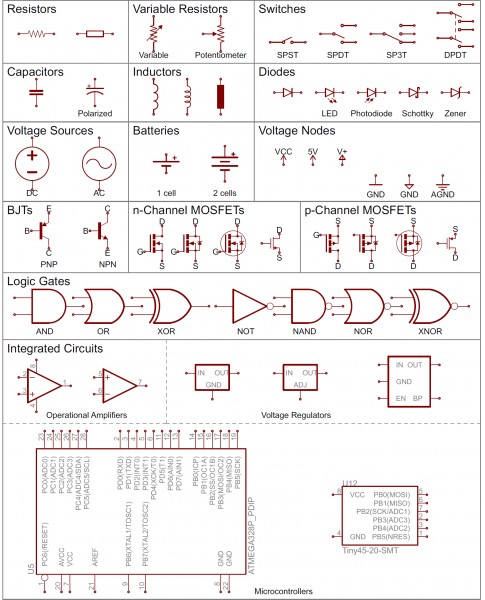


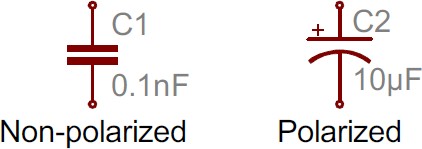
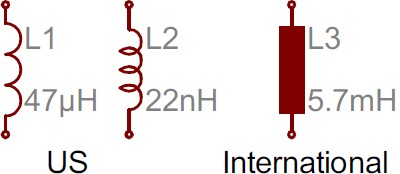
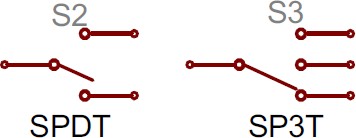
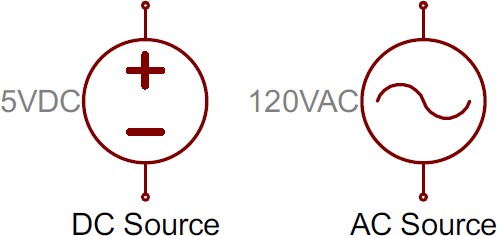
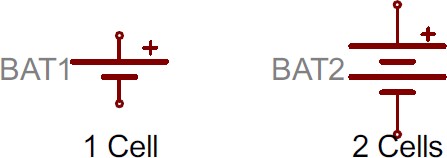
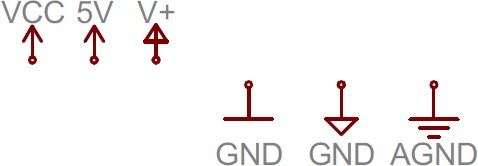

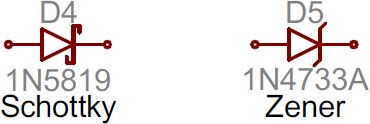

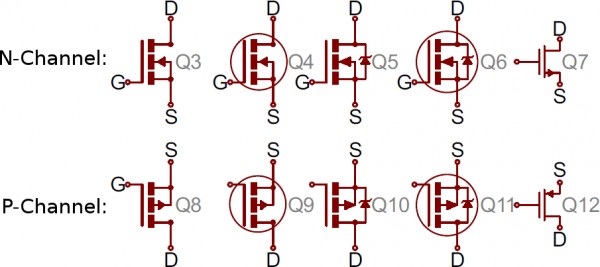

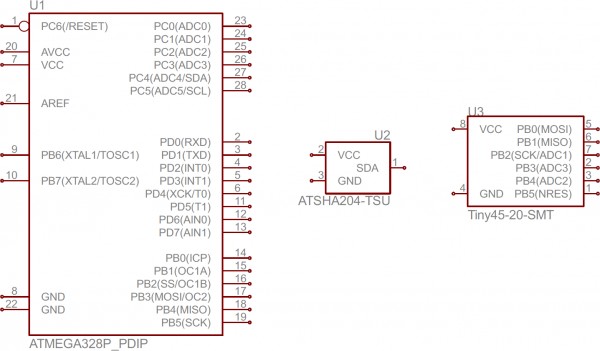
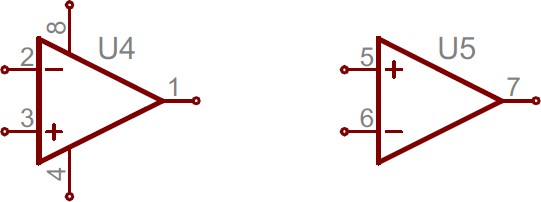


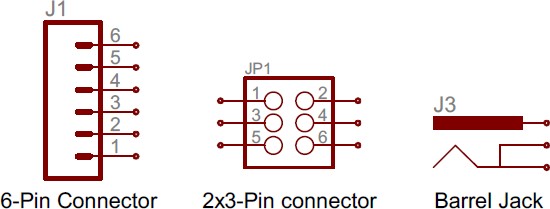

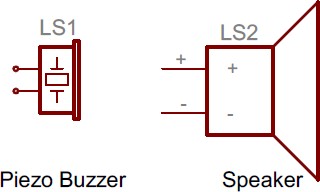

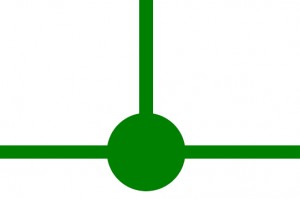
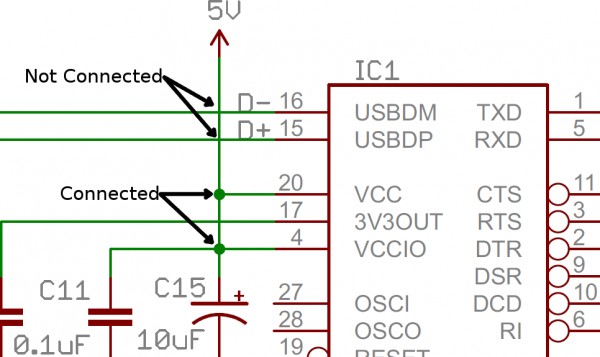
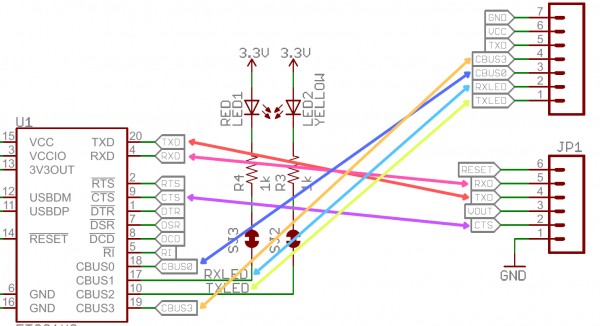
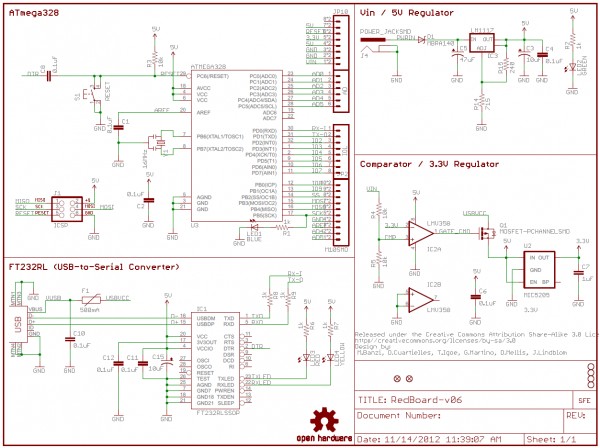

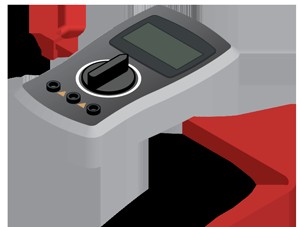
While these are standard, variations exist. ICs might be ‘IC’ instead of ‘U,’ or crystals as ‘XTAL’ instead of ‘Y.’ Use context and the symbol itself to confirm component identification.
Reading the Wiring Diagram: Putting It All Together
Understanding component symbols and names is a big step. Now, let’s focus on how these symbols connect within the diagram to represent a circuit.
Nets, Nodes, and Labels: Mapping Connections
Wiring diagrams use nets to show connections between component terminals. Nets are lines linking terminals. They might be color-coded for clarity, like the green lines in this example:
Junctions and Nodes: Where Wires Meet
Wires can connect two or multiple terminals. A junction occurs where wires split or intersect. Nodes, small dots at wire intersections, indicate a junction and electrical connection.
Nodes signify that crossing wires are connected. The absence of a node at an intersection implies wires are crossing without connection. Good diagram design avoids such unclear overlaps, but they can occur.
Net Names: Simplifying Complex Diagrams
To improve readability, especially in complex diagrams, nets are sometimes named and labeled instead of drawing wires across the entire diagram. Nets with the same name are considered connected, even without a visible connecting wire. Names can be placed directly on the net or as “tags” branching off the wire.
Nets with identical names are internally connected, as seen in this FT231X Breakout Board schematic for an FT231X Breakout Board. Net names prevent overly cluttered diagrams.
Net names typically describe the signal’s purpose on that wire. Power nets might be “Battery Positive,” “Ignition Switch,” or “Ground,” while communication nets could be “CAN High” or “LIN Bus.”
Tips for Reading Wiring Diagrams Effectively
Identify Functional Blocks
Complex wiring diagrams are often organized into functional blocks. Sections might represent power distribution, lighting circuits, engine control, or infotainment systems. Try to recognize these blocks and trace the circuit flow from power source to load. Well-designed diagrams may even follow a left-to-right input-to-output flow, like reading a book.
In well-structured diagrams, like this RedBoard schematic for the RedBoard, logical blocks are separated and labeled for clarity.
Recognize Voltage Nodes: Quick Voltage References
Voltage nodes, single-terminal symbols, quickly assign voltage levels to components. They are specialized net names, meaning all terminals connected to a node with the same name are electrically connected.
Nodes with the same name—like GND (Ground) or Battery Positive—are interconnected, even without drawn wires.
Ground nodes are particularly common, as many components require a ground connection.
Consult Component Data Sheets: When in Doubt, Look Up
If something in a wiring diagram is unclear, consult the datasheet for the key component, especially ICs like microcontrollers or sensors. These are often central to the circuit’s function and usually the largest components in the diagram.
Expanding Your Automotive Electrical Knowledge
Interested in deepening your understanding of automotive electrical systems? Explore resources on:
Resources for Continued Learning
Mastering wiring diagrams unlocks a deeper understanding of automotive electronics. Practice your new skills with these resources:
By learning to read wiring diagrams, you gain a powerful skill for automotive repair. Start practicing, and soon you’ll be confidently navigating even the most complex automotive electrical systems!